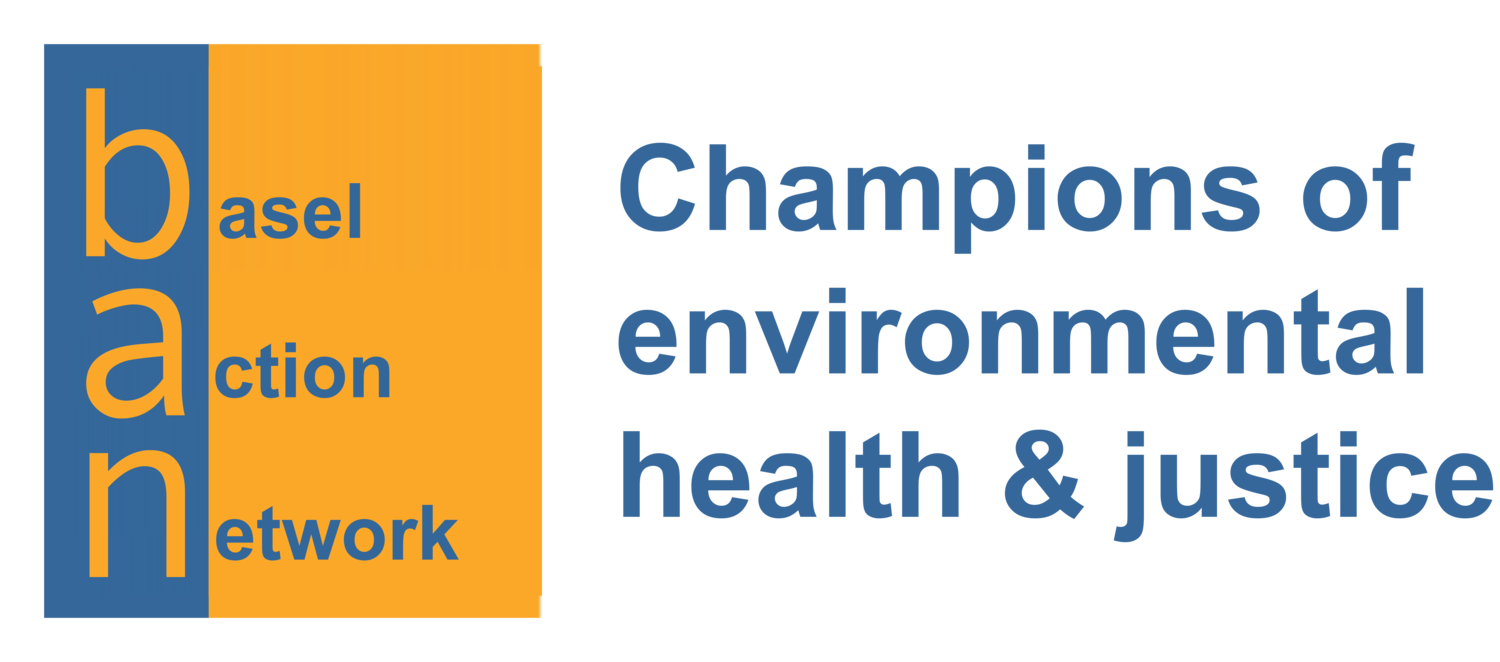Author: Carolyn Wilke
Microplastics have turned up in some of the most remote places, such as the Antarctic and the summit of Mount Fuji. Yet models of atmospheric transport haven’t been able to fully explain how these plastic bits stray so far from the people that produced them. A new study finds that the shape of microplastics influences the distances they fly (Environ. Sci. Technol. 2023, DOI: 10.1021/acs.est.3c08209). “You find these microplastics worldwide, even far away from likely sources,” says Andreas Stohl, a meteorologist at the University of Vienna and one of the study’s authors. Most of these microplastics seem to be fibers or relatively complex shapes, he says. “But most models assume that particles are spherical.”
Read More